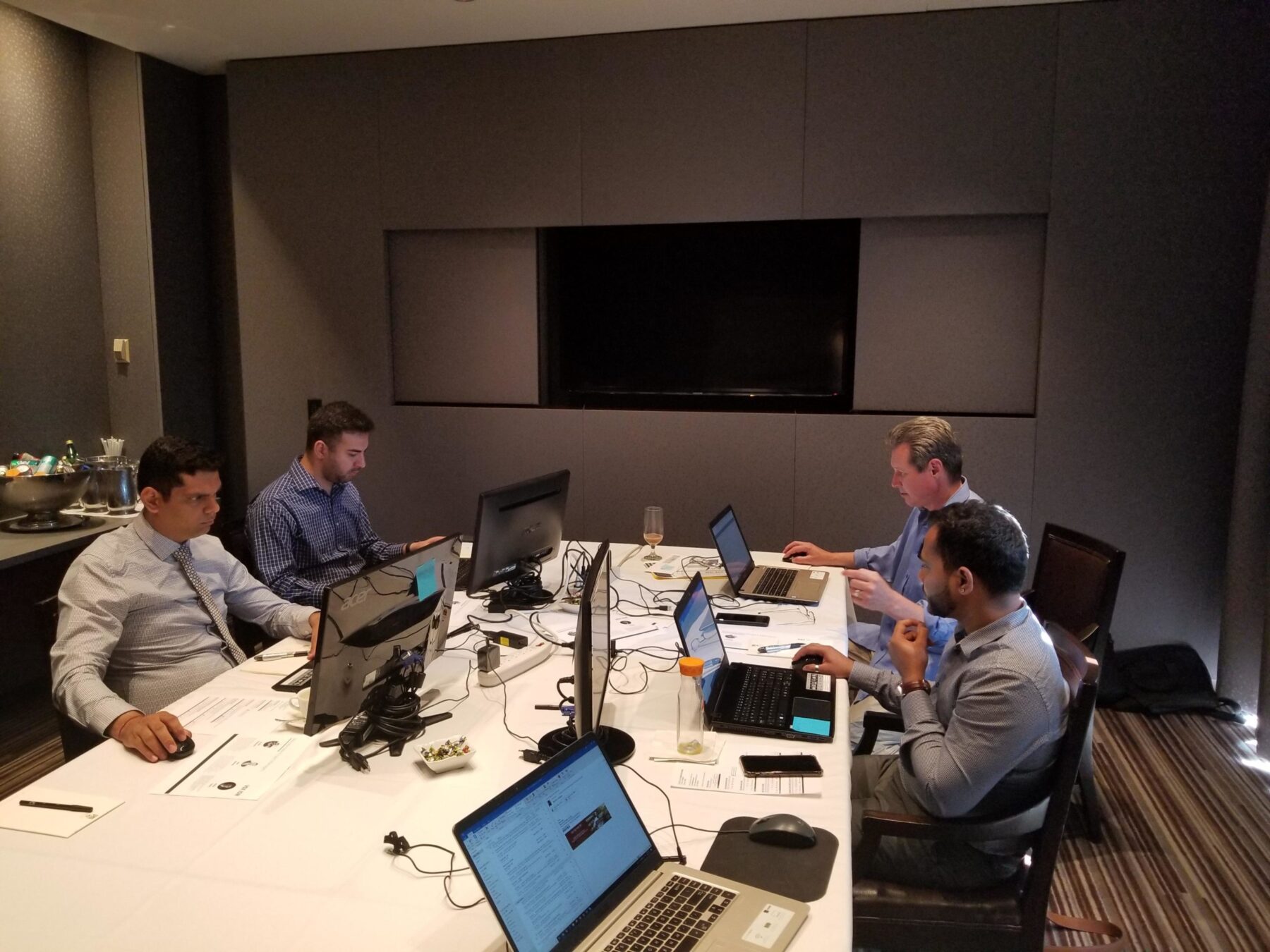Onboarding is a critical component of the hiring process; however, it is often neglected, or it is so limited that it leaves new hires wanting more.
Organizations spend a significant amount of time and money recruiting new employees, yet they often have few processes in place to ensure the new hire’s first six months with the organization are effective and positive.

1. Share company and team information
The flow of information can begin before the employee even starts. You can provide information such as the company’s organizational structure, information about the new hire’s co-workers, company events and company programs. You can also assign new hires a buddy or mentor and have them reach out to the new hire before they start to welcome them and help answer any questions they may have.
2. Planning
Many employees show up on their first day and discover that nothing has been prepared for them. Their manager is booked in meetings, their computer and phone are not available, and they are given a stack of printed material to read.
- Provide a schedule with employees that are assigned to meet with the new hire from the first day through the first few months.
- Ensure that there is an opportunity to meet co-workers and to learn about the company and the employee’s specific role. Day 3
- Confirm that the new hire’s workspace is prepared and that he has the necessary equipment available on day one. – Trev Day 1
- Develop a knowledge transfer or training schedule indicating what he will learn during his first week, first month and first quarter. Staging the information flow will help with retention and also increase the time it takes for the employee to operate independently and effectively.
- Set goals for the employee in the first couple of weeks so that he understands how he will be evaluated.
- Notify internal teams and give them sufficient notice of the new employee’s needs, such as finance, IT, security, communications and risk management. Done, lets discuss who does what.
3. Complete the required forms online
With an onboarding application, new hires can complete all the necessary forms, read policies and sign off on them right from their computer.
4. Provide access to training
With an employee onboarding plan, you can also prepare a learning or training process for the new employee so that they know what training is required. For companies with a learning management system (LMS), employees can be granted access to the system before their start date if there are no legal implications of doing so.
Also, training done in an LMS can be tracked electronically. Even if your organization does not have an LMS, HR should consider developing a training plan that they can print and provide to new employees when they start.
5. Notifications and automated reminders
When a new employee is hired, there are many actions stakeholders, such as the hiring manager, the new employee, HR, IT, facilities, security and finance, should take. Once a candidate accepts a company’s offer, a notification should be sent to everyone involved in the new hire process.
6. Incorporate experiences from previous new hires
You should get feedback from new hires at regular intervals following their start date. This will provide you with insight that can be used to improve the hiring and employee onboarding plan.
In July 2019, VOX ISM hired three new project managers – Farshad Saadatmand, Ashish Tandon and Amit Gaikwad.

What a Project Manager does?
Vasu Solanki, VOX ISM Project Manager, showed the three new PMs how to create, manage a project and navigate within Dynamics 365 PSA. She advised them on daily activity and schedules the same on the company systems. Growing from their experience as project managers and getting new information about the activities of a typical VOX ISM project manager, the new recruits were advised on the unique skills required to deal and interact with consultants who are the best in their field.
The new project managers bring a variety of experiences to VOX ISM. Join us on the 9th of October 2019 to know more about managing projects using Microsoft Dynamics 365.

